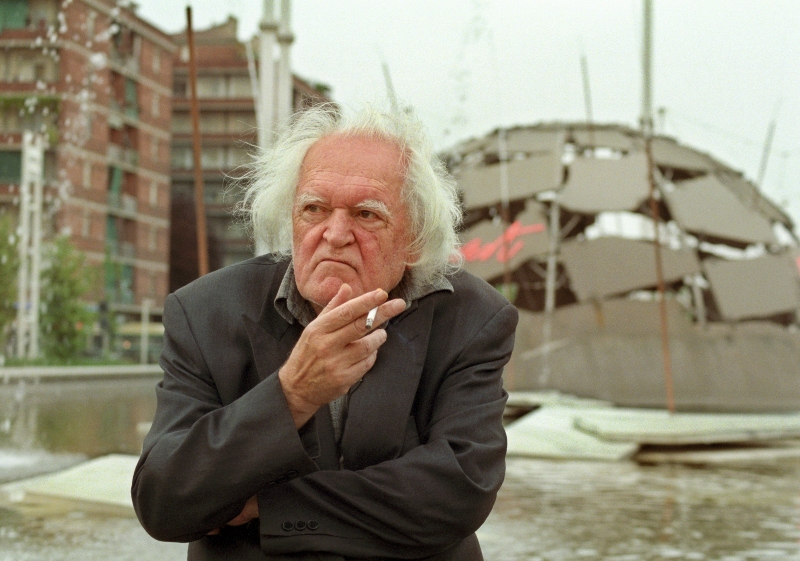The 15th
LaureateSculpture
Mario Merz
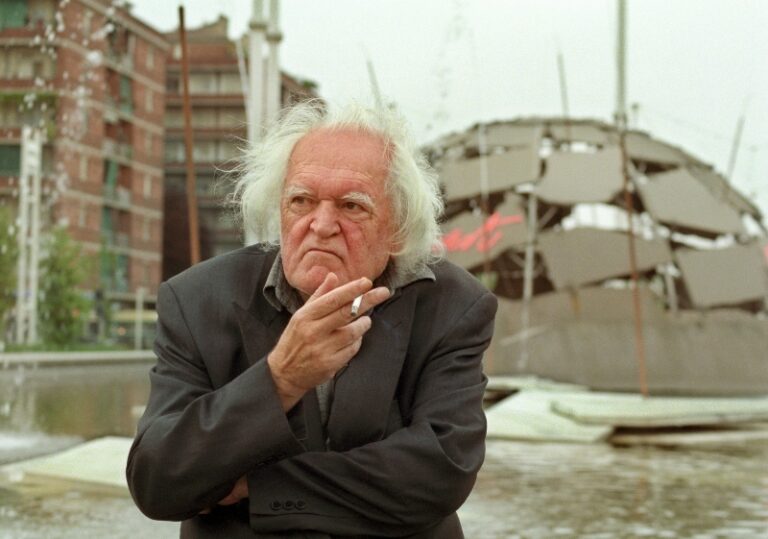
Mario Merz,one of Italy’s leading contemporary artists,is mainly a self-taught artist. In the mid-sixties his experimentation led him to reject paint on canvas,and he explored non-traditional methods such as the use of ready-made objects,piercing the canvas with neon tubing,and using objects such as bottles,umbrellas,and raincoats. In 1967 he embarked on an association with several artists in what became a loosely defined art movement labeled Arte Povera that was marked by an anti-elitist aesthetic,incorporating humble materials drawn from everyday life and the organic world in protest of the dehumanizing aspects of industrialization and consumer capitalism. The work has had a profound effect on the art of today.
Biography
Mario Merz,one of Italy’s leading contemporary artists,is mainly a self-taught artist. He was born in Milan in 1925,and attended medical school in Turin. During World War II,he was arrested for handing out anti-Fascist leaflets,and it was in prison that he started to paint. Merz devoted himself to painting after that.
Merz' first one-man exhibition was held in 1954 at the Galleria La Bussola in Turin. He worked in the then dominant style of Art informel. Analyzing certain natural phenomena such as the leaves of plants,he aimed to expose their essential structure with so-called "Fibonacci Numbers." In the mid-sixties his experimentation led him to reject paint on canvas,and he explored non-traditional methods such as the use of ready-made objects,piercing the canvas with neon tubing,and using objects such as bottles,umbrellas,and raincoats. In 1967 he embarked on an association with several artists,which became a loosely defined art movement labeled Arte Povera. This movement denoted a complete openness towards materials and processes,and was marked by an anti-elitist aesthetic,incorporating humble materials drawn from everyday life and the organic world in protest of the dehumanizing aspects of industrialization and consumer capitalism.
In 1968 Merz adopted one of his signature motifs,the igloo,as an architectonic primitive prototype. It was constructed with a metal skeleton and covered with fragments of clay,or wax,mud,glass,burlap or bundles of branches and,often,political or literary phrases in neon tubing. By the time of his first solo exhibition in the United States,at the Walker Art Center,Minneapolis,in 1972,he had also added stacked newspapers,archetypical animals,and motorcycles to his iconography. He often incorporates materials indigenous to the specific environment of his exhibitions,and adjusts the scale of the work to the site.
Merz had a retrospective exhibition organized by the Solomon R. Guggenheim Museum in 1989. His works were also included in a recent exhibition,"Zero to Infinity: Arte Povera 1962-1972," organized in 2002 by the Walker Art Center and the Tate Modern,and held as well at the Museum of Contemporary Art in Los Angeles,at the Hirshhorn Museum and Sculpture Garden.
He passed away on November 9,2003, Milan
Chronology
Moved to Turin
Exhibition in Nagoya, Japan
Died November 9, Milan
-

©The Sankei Shimbun 2003
-
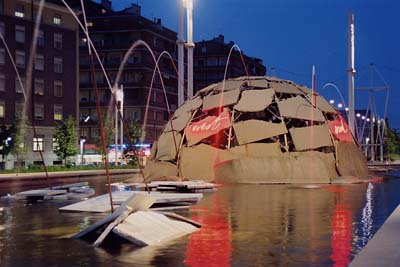
Igloo Fontana, Torino, 2002
-
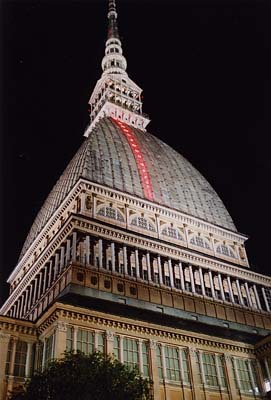
Il volo dei numeri, Torino, 2000
-
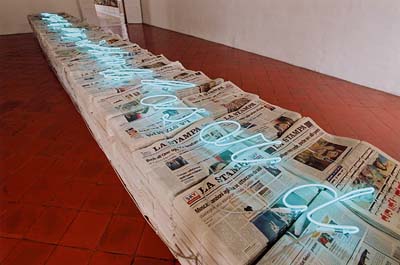
A Mallarmé, 2003
-
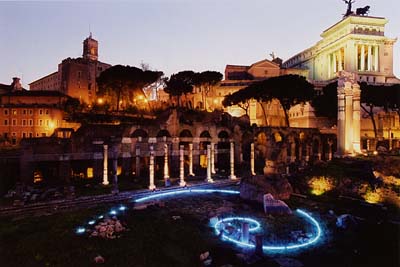
Un segno nel Foro di Cesare, Rome, 2003
-
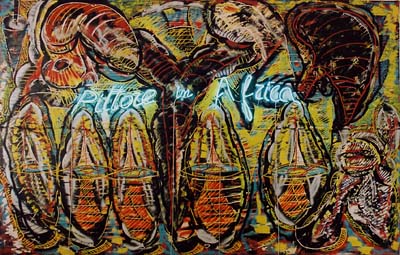
Pittore in Africa, 1980-85
-
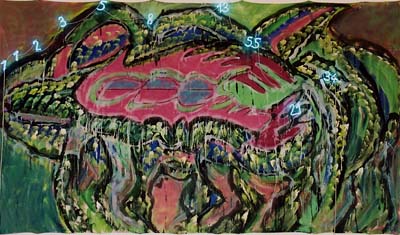
Coccodrillo viola

